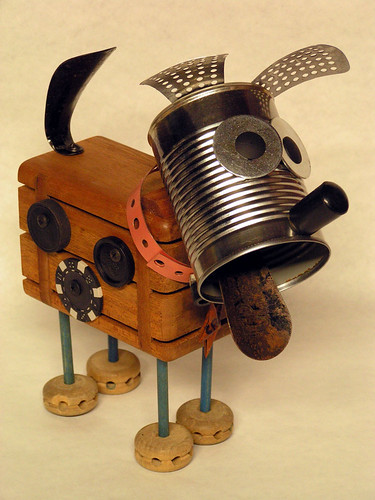
I’ve never “won” NaNoWriMo, though I have written 50,000 words in November before, but I think “winning” NaNo is actually completing a novel. Anyway, 50,000 words is a pretty short novel–The Half-Drowned King was somewhere around 145,000 words, and The Sea Queen is 157,000 as it heads for copy editing. (I find word-count a much better way to count progress than pages. Pages are quite variable.)
My other trouble with NaNo, personally, is that I have a strong contradictory streak, and the moment someone tells me to do something, I want to do the opposite. But I think NaNo is a great way to get into a regular writing practice. When I was writing and had a 50-hour-a-week job, I committed to writing a minimum of 500 words a day, 6 days a week, and tried to write 2000 words a day. I found that a helpful way to establish my practice, since 500 words doesn’t take very long, but kept my head in the game.
Now that The Sea Queen is headed for copy-editing, I’ve gotten back into The Golden Wolf, the final book of Ragnvald and Svanhild’s story. I had been having a good time with the rough draft before I had to leave it to edit The Sea Queen, but it’s amazing how quickly it fell out of my head.
Still, I believe in rough drafting as quickly as possible, so I didn’t want to review everything. I did a few days of interviews with myself where I wrote down my understanding of the arcs of the main characters, and major events, and made sure they still tallied with my timeline. I came up with solutions to a few plot problems that had been troubling me, and then I dived back into rough drafting.
I’m finding my rough drafts are getting rougher and rougher as I write more novels. I do have is a good idea of all the events that need to happen before I start rough drafting, but this is different than knowing all the scenes. As I’m going along through my outline, I’m thinking of the scenes I’ll need, and writing them down as quickly as possible. Sometimes just snippets. Sometimes I’ll put a lot of backstory in a scene, or a lot of explanatory text, knowing that later I will have to turn that into another scene, or cut it.
The key with a rough draft is to keep going–write the things that are exciting to me. The moment a scene gets boring, I cut it off, or change it midstream. I quit each day with some ideas of what I’m going to dive into the next day.
My general plan with this book, and what worked for The Sea Queen as well is:
- Extremely rough draft–in some ways this is/will be a 120,000 word outline. I write all the scenes that I think need to be written, but no connective tissue, and those scenes may not even be complete. They are mostly written in order, but they are sketches. I have about 90,000 words of this written now.
- First draft: in this draft, I go back through and connect everything, make the scenes into chapters, make the plot all connect. When this draft is complete, I should have something readable, with a coherent plot, and no major unresolved questions.
- Full read through: this is the first time I am doing an end to end read through without trying to change things as I go. This was super painful for The Sea Queen, but at this point the novel was pretty fixable.
- 2nd & 3rd drafts: these are passes I will do on my own, getting the novel into as good shape as possible before showing it to anyone else.
- Then I will show it to my agent, editor, and the editing passes with someone else begin. With this counting scheme The Sea Queen went through 8 drafts, with 6 readers.
I’m letting myself be even rougher with The Golden Wolf because I know that the first draft, that second step, is where it really all comes together. To use a sculpting metaphor, I feel like right now I’m gathering big mounds of clay, or maybe a bunch of found objects, and laying them out in a vague order of how I’m going to apply them to the finished thing, but they are just rough objects right now. But I also know that once I have those objects, then I can begin the real work.
So as this year’s NaNoWriMo starts, consider making your NaNo draft a fast and dirty rough draft. Consider not worrying if scenes begin or end, or if you’re writing them in the right order. It is almost guaranteed that your first draft will not be a publishable novel. It may not even be particularly coherent, and that’s fine. Think of it as the raw material you need to craft something.